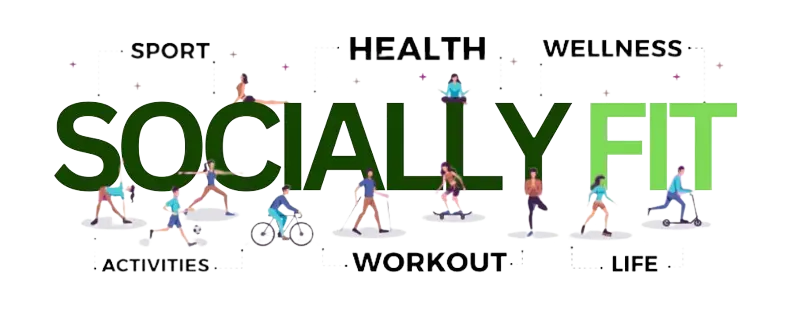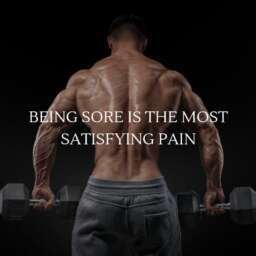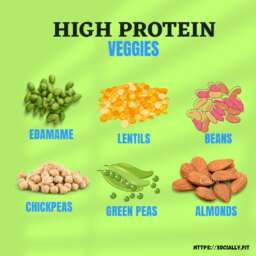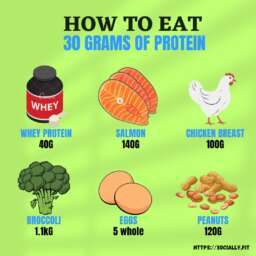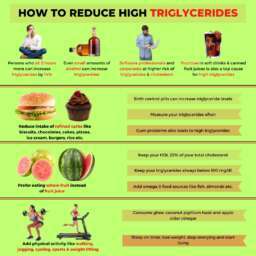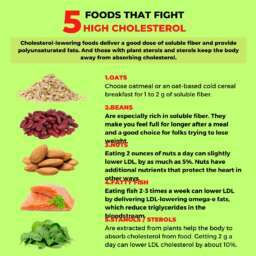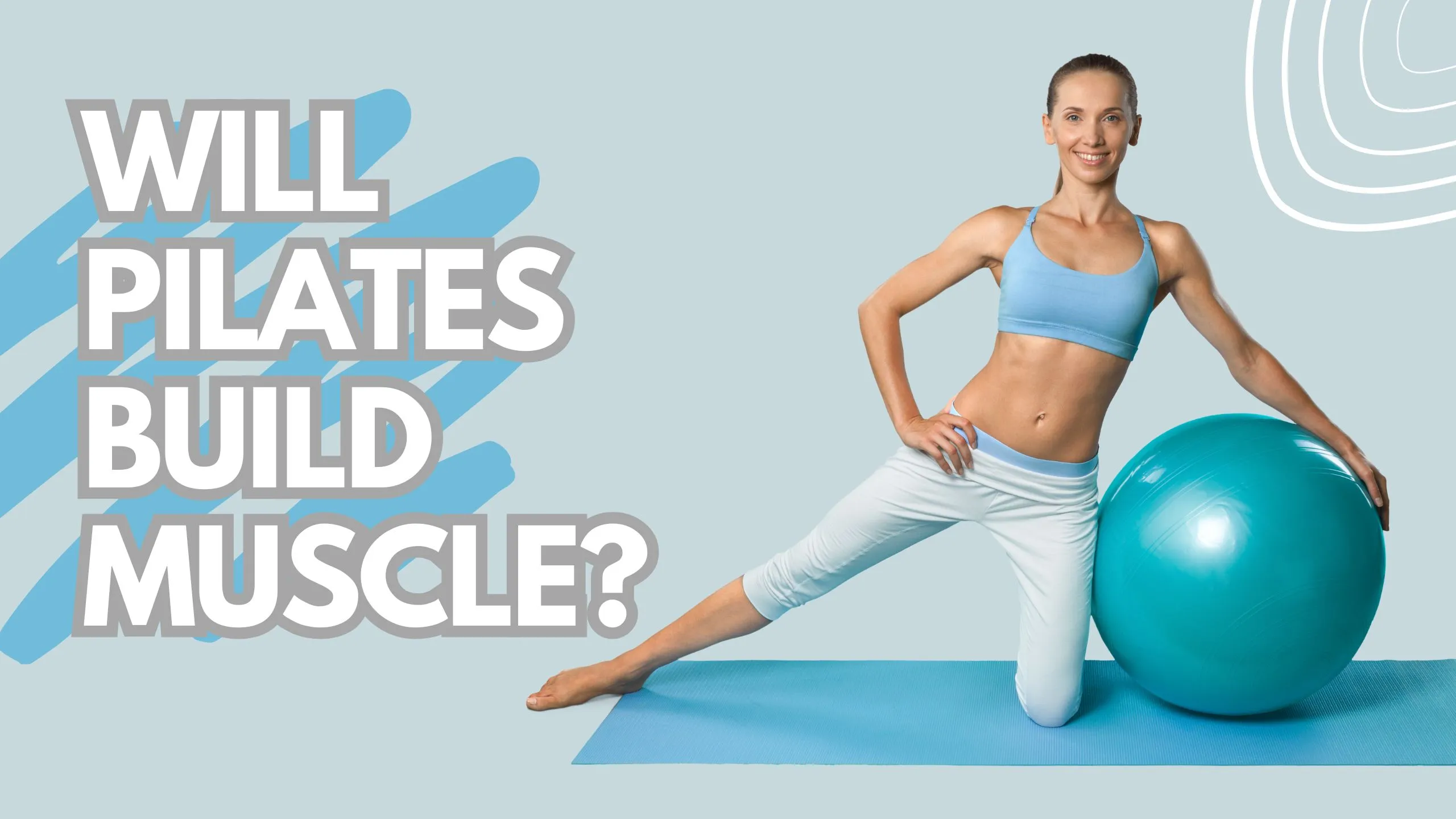Will Pilates Build Muscle? A Detailed Exploration of Pilates and Muscle Development. Wondering if Pilates can help you build muscle? Discover how Pilates compares to traditional strength training, its impact on muscle tone and strength, and how to incorporate it into your fitness routine for optimal results. Learn the facts and benefits of Pilates for muscle development.
Introduction
In the ever-evolving world of fitness, Pilates has emerged as a popular choice for many seeking to improve flexibility, posture, and core strength. However, a question that often arises is whether Pilates can effectively build muscle. While Pilates is renowned for its benefits in enhancing overall body awareness and strength, the specific aspect of muscle building warrants a deeper examination. This article delves into the principles of Pilates, compares it to other forms of resistance training, and evaluates its effectiveness in building muscle. By the end, you will have a thorough understanding of how Pilates contributes to muscle development and whether it should be your go-to exercise for this purpose.
Will Pilates Build Muscle
Understanding Pilates
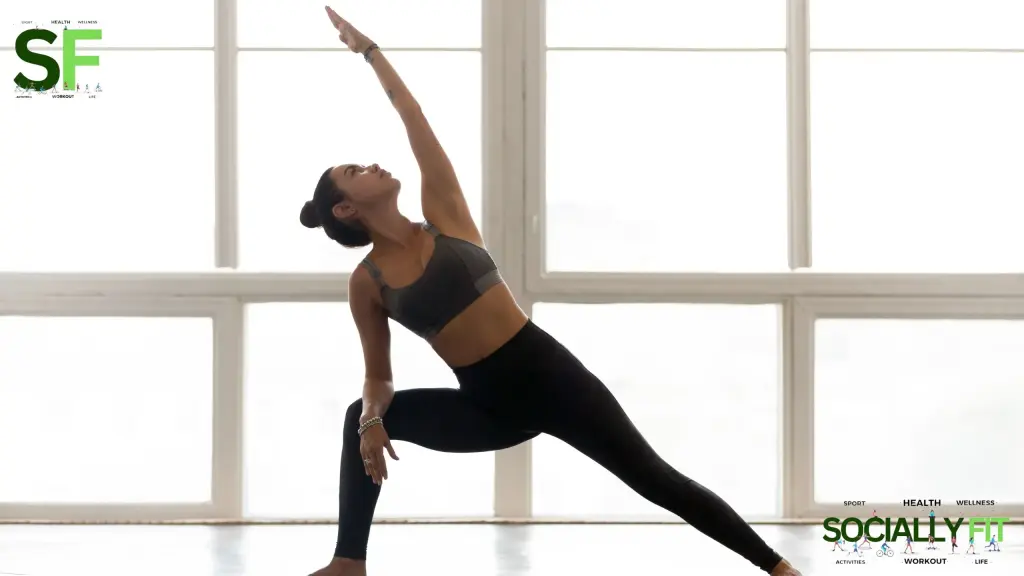
To appreciate how Pilates impacts muscle growth, it’s essential to first understand what Pilates is and its core principles.
1. Principles of Pilates
Pilates, created by Joseph Pilates in the early 20th century, is a form of exercise that focuses on strengthening the core muscles, improving flexibility, and enhancing overall body alignment. The key principles of Pilates include:
- Core Strength: At the heart of Pilates is the emphasis on core strength. This involves engaging the muscles of the abdomen, lower back, hips, and glutes to stabilize the body during various movements.
- Control: Pilates exercises are performed with precise control and deliberate movements. This control ensures that the muscles are activated effectively and reduces the risk of injury.
- Breathing: Proper breathing is integral to Pilates. Breathing deeply and rhythmically helps in the optimal performance of exercises and aids in muscle activation.
- Alignment: Pilates focuses on proper body alignment to enhance posture and balance. Correct alignment supports effective muscle engagement and reduces strain on the body.
- Flow: Movements in Pilates are performed with a sense of flow and fluidity, which helps in maintaining a smooth and continuous exercise routine.
Will Pilates Build Muscle
2. Pilates vs. Traditional Strength Training
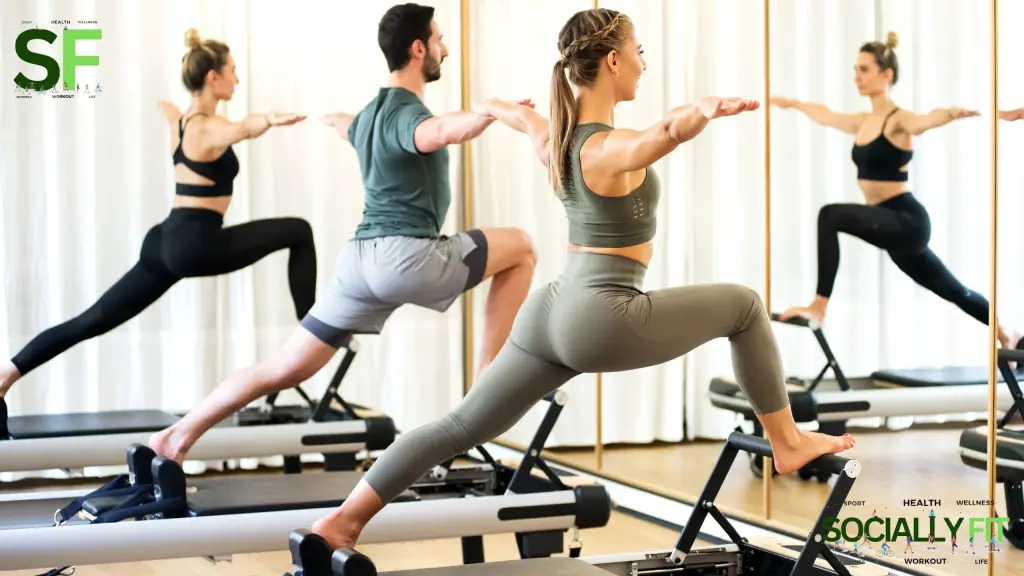
To evaluate whether Pilates can build muscle effectively, it’s useful to compare it with traditional strength training methods.
Traditional Strength Training
Traditional strength training, such as weight lifting, involves using external weights or resistance to build muscle mass. It focuses on:
- High Resistance: Strength training typically uses heavy weights or resistance to challenge the muscles, leading to muscle hypertrophy (growth).
- Repetitions and Sets: Exercises are performed in multiple sets with high repetitions to stimulate muscle growth.
- Variety: A wide range of exercises targets different muscle groups, allowing for balanced muscle development.
Comparison with Pilates
- Resistance and Load: While Pilates exercises do involve resistance, it is often bodyweight or minimal resistance compared to the heavy weights used in traditional strength training. This difference in resistance can affect the extent of muscle growth.
- Repetition and Intensity: Pilates exercises generally involve lower resistance and higher repetitions. While this can improve endurance and muscle tone, it may not provide the same level of intensity required for significant muscle hypertrophy.
- Targeted Muscles: Pilates focuses on core and stability muscles, which are crucial for overall fitness but may not engage larger muscle groups to the same extent as traditional weight lifting.
Will Pilates Build Muscle
3. The Role of Pilates in Muscle Tone and Strength
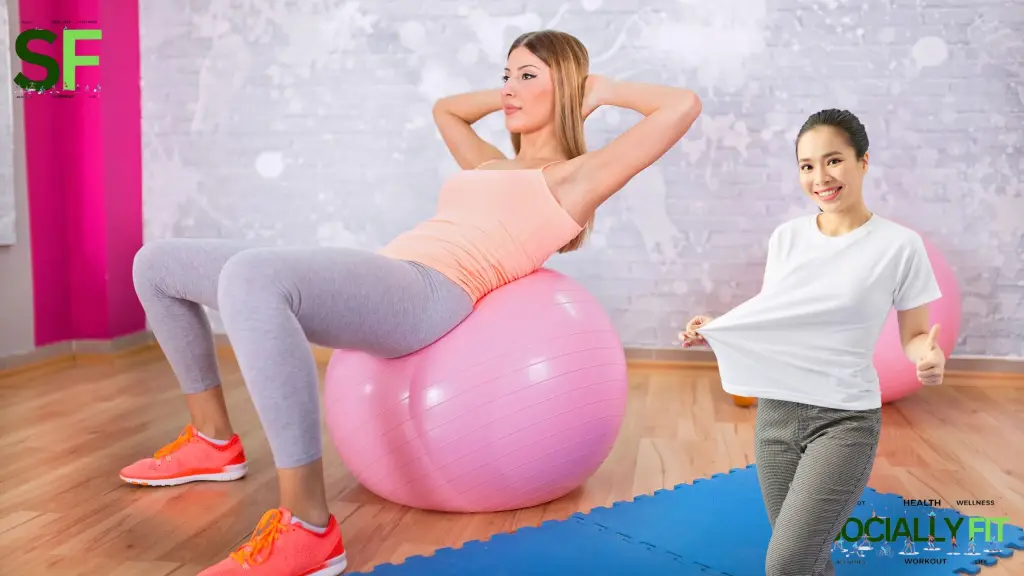
Although Pilates may not be as effective as traditional strength training for building large muscle mass, it plays a significant role in improving muscle tone and overall strength.
Muscle Tone
- Definition and Firmness: Pilates can enhance muscle definition and firmness through consistent practice. Exercises that involve controlled movements and core engagement can lead to improved muscle tone, particularly in the abdominal and lower back areas.
- Core Stability: A strong core is essential for overall muscle stability and balance. Pilates effectively strengthens the core muscles, leading to better muscle tone and functional strength.
Overall Strength
- Functional Strength: Pilates enhances functional strength by focusing on the muscles used in everyday activities. This type of strength is beneficial for improving overall physical performance and reducing the risk of injury.
- Muscle Imbalances: Pilates helps in addressing muscle imbalances and improving body alignment, which contributes to overall muscle strength and endurance.
Will Pilates Build Muscle
4. Scientific Evidence on Pilates and Muscle Building
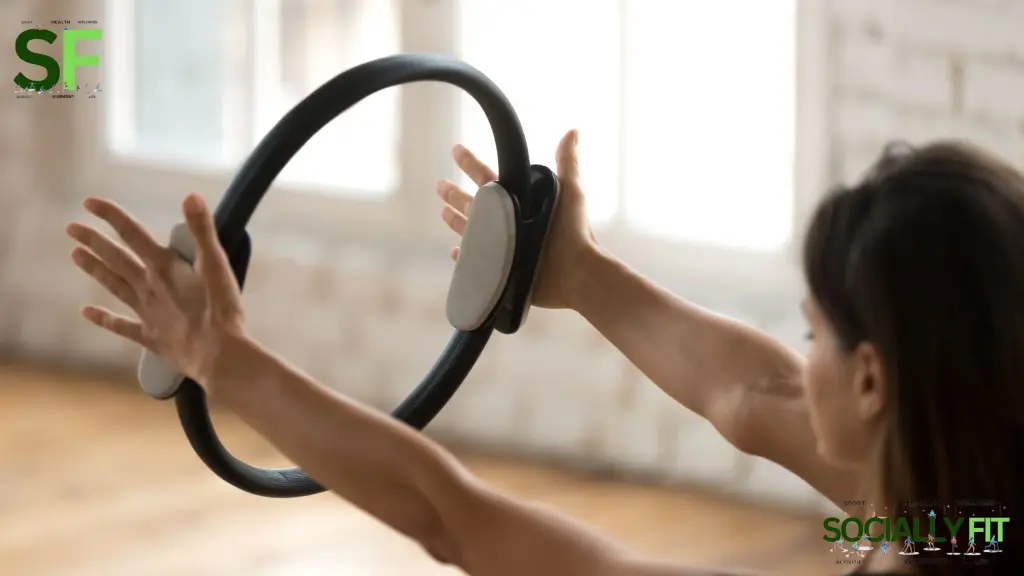
To further understand Pilates’ effectiveness in building muscle, it is helpful to look at scientific research and studies related to Pilates and muscle growth.
Research Findings
- Study 1: Effectiveness in Core Strength: Several studies have demonstrated that Pilates significantly improves core strength. For instance, a study published in the Journal of Strength and Conditioning Research found that Pilates exercises effectively enhance core stability, which can contribute to better overall muscle function.
- Study 2: Comparison with Traditional Resistance Training: Research comparing Pilates to traditional resistance training has shown that while Pilates improves muscle tone and strength, it may not match the muscle-building capacity of traditional weight lifting. For example, a study in Sports Medicine indicated that Pilates was effective in enhancing muscular endurance but less effective in increasing muscle mass compared to conventional strength training.
- Study 3: Long-Term Benefits: Long-term studies suggest that Pilates contributes to improved muscle balance and functional strength. A study published in Physical Therapy found that participants who engaged in regular Pilates training experienced increased muscle endurance and improved overall fitness levels.
Will Pilates Build Muscle
5. Incorporating Pilates for Muscle Building
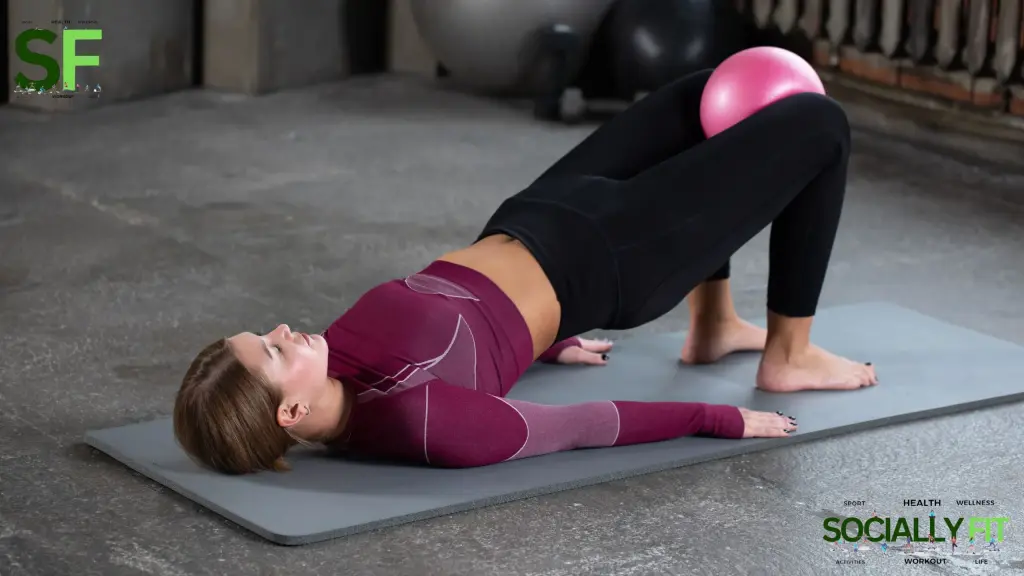
If you are considering incorporating Pilates into your fitness routine for muscle building, here are some tips to maximize its benefits:
Combination with Strength Training
- Hybrid Approach: Combine Pilates with traditional strength training exercises to achieve a balanced approach. This hybrid method allows you to benefit from Pilates’ core strength and flexibility while also targeting larger muscle groups with resistance training.
- Cross-Training: Incorporate Pilates as part of a cross-training regimen. This approach can enhance overall muscle strength, flexibility, and endurance.
Focus on Core and Stability
- Core Exercises: Emphasize core-focused Pilates exercises that target abdominal and lower back muscles. These exercises can enhance core strength, which supports overall muscle development.
- Stability Training: Use Pilates exercises that challenge balance and stability to engage and strengthen various muscle groups.
Monitor Progress and Adapt
- Track Progress: Regularly monitor your progress to assess improvements in muscle tone, strength, and overall fitness. Adjust your Pilates routine based on your goals and progress.
- Adapt Routine: Modify your Pilates routine to include exercises that target different muscle groups and increase resistance or intensity over time.
Will Pilates Build Muscle
Conclusion
In conclusion, Pilates offers valuable benefits for improving muscle tone, core strength, and overall functional fitness. However, when it comes to significant muscle building, traditional strength training with heavier resistance remains more effective. Pilates can complement strength training by enhancing core stability and addressing muscle imbalances, contributing to a well-rounded fitness regimen.
While Pilates alone may not provide the same level of muscle hypertrophy as weight lifting, it plays a crucial role in overall fitness and health. By integrating Pilates with other forms of exercise and focusing on specific goals, you can achieve a balanced approach to muscle building and overall well-being.
FAQs
- Can Pilates alone build significant muscle mass?
- Pilates is less effective for building large muscle mass compared to traditional strength training. However, it can improve muscle tone and functional strength.
- How often should I do Pilates for muscle building?
- Incorporate Pilates into your routine 2-3 times a week, complementing it with other strength training exercises to achieve balanced muscle development.
- Can Pilates replace traditional strength training?
- While Pilates offers many benefits, it is not a complete substitute for traditional strength training if your primary goal is muscle hypertrophy.
- What are some effective Pilates exercises for muscle building?
- Effective Pilates exercises for muscle building include plank variations, leg lifts, and exercises using resistance bands or a Pilates reformer.
- Is Pilates suitable for beginners who want to build muscle?
- Yes, Pilates is suitable for beginners and can help build a strong foundation for muscle development, especially when combined with other resistance training methods.
